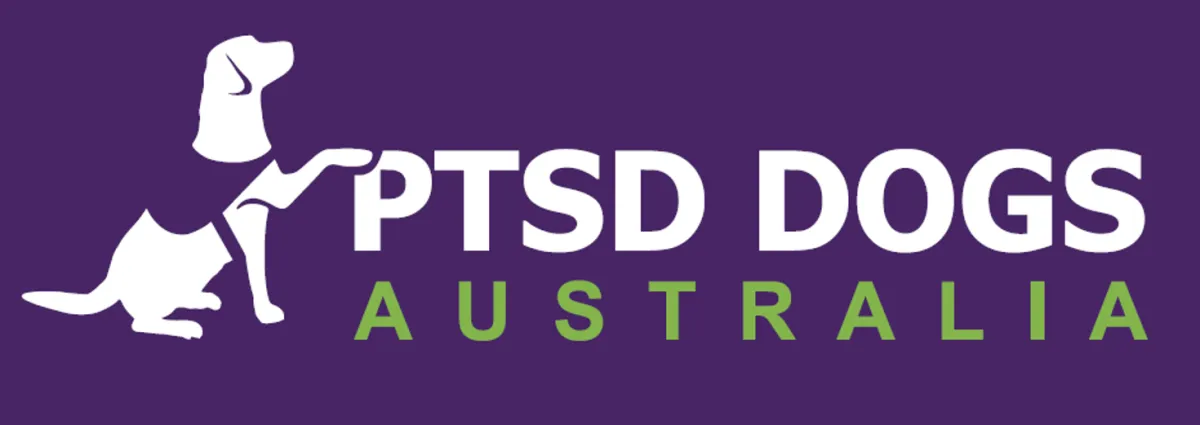Train Your Own
Modular Training Program
Today, we bring your best furry friend closer to you than ever before. Enabling them to understand you better than ever before, and provide you with a level of support and understanding that will change your lives together.

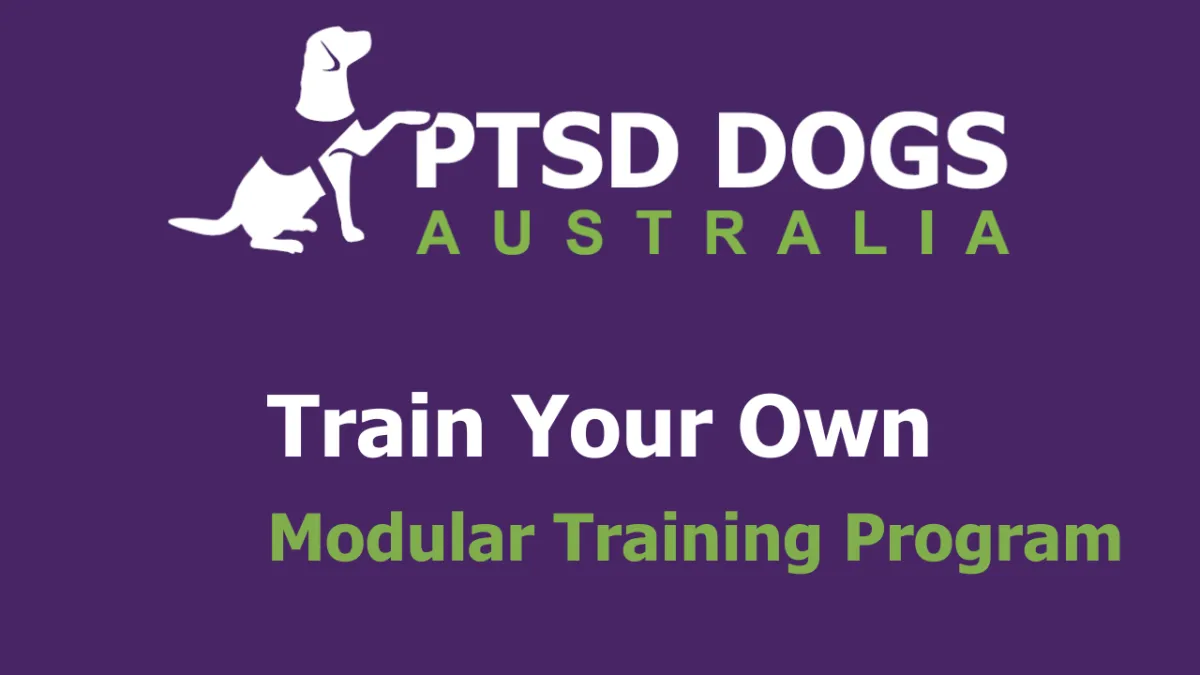
This is about you...
Come As You Are
Maybe things are starting to feel more and more out of control. Everything.... your moods, your emotions and your actions or reactions to both people and your environment.
What if there was a chance that it didn't always have to feel like this... that alone feeling that can engulf you.
It is time...
To Feel Pleasure Again...
If we were to show you a way to feel safe and in control again, what would that mean for you?
To have the confidence in yourself to be able to manage your emotions, your moods or your behaviors. To retain and maintain meaningful relationships.
Ultimately, to be able to re-engage with life.. all aspects of it, work, social, relationships, recreational.
Creating a sense of purpose and enjoyment in life.
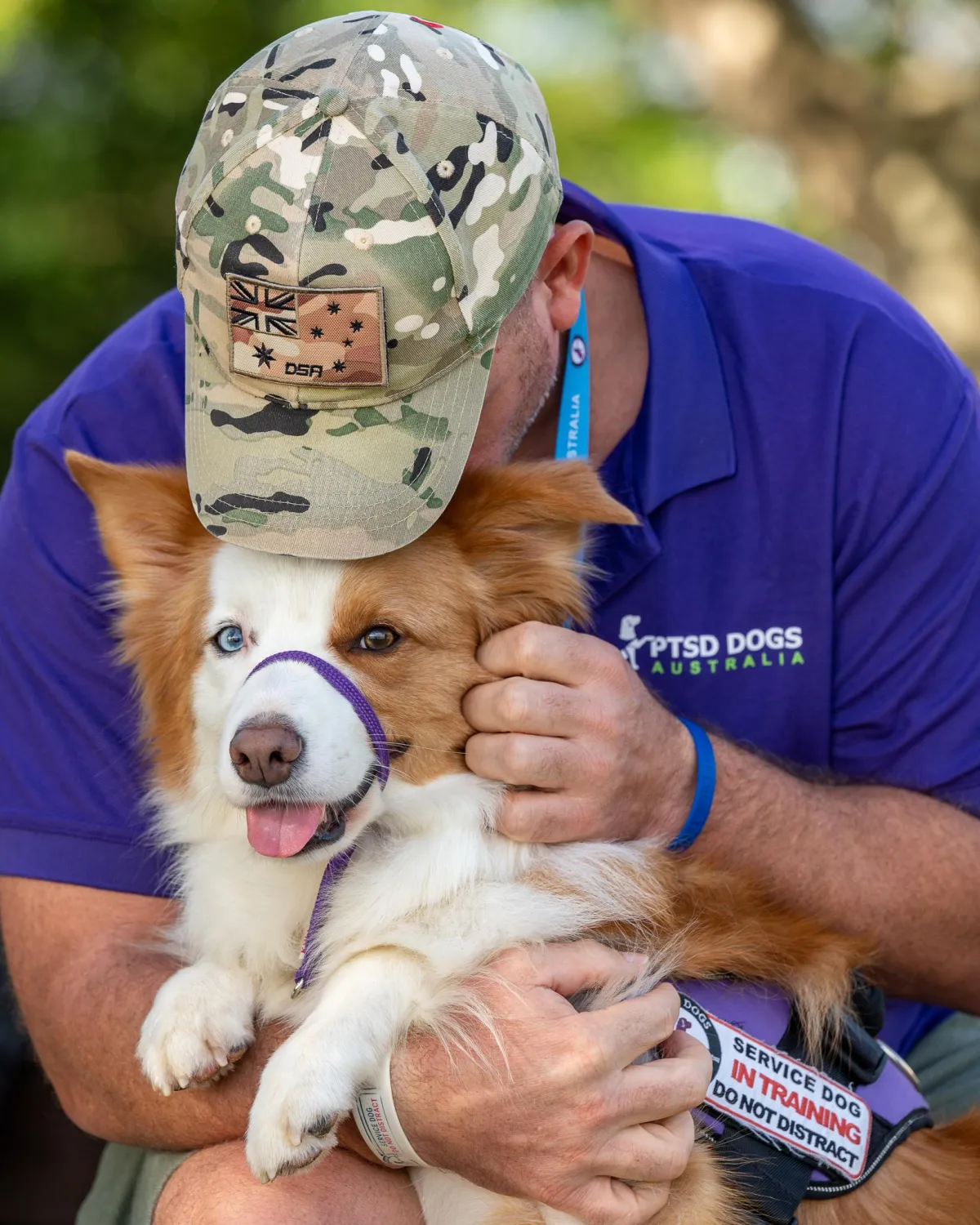
There are other ...
Options for PTSD
We understand that there are other options to support people within our community that are impacted by the symptoms of PTSD.
But... maybe training potentially your 'Best (Furry)Friend' to give you a sense of worth or purpose is more appealing than these alternaitves, such as ...
Medications for mood and sleep
Cognitive Processing Therapy (CPT)
Cognitive Behavioural Therapy (CBT)
Neurostimulation
Plus many, many more treatments / options...
But ... are they as fun or cuddly?
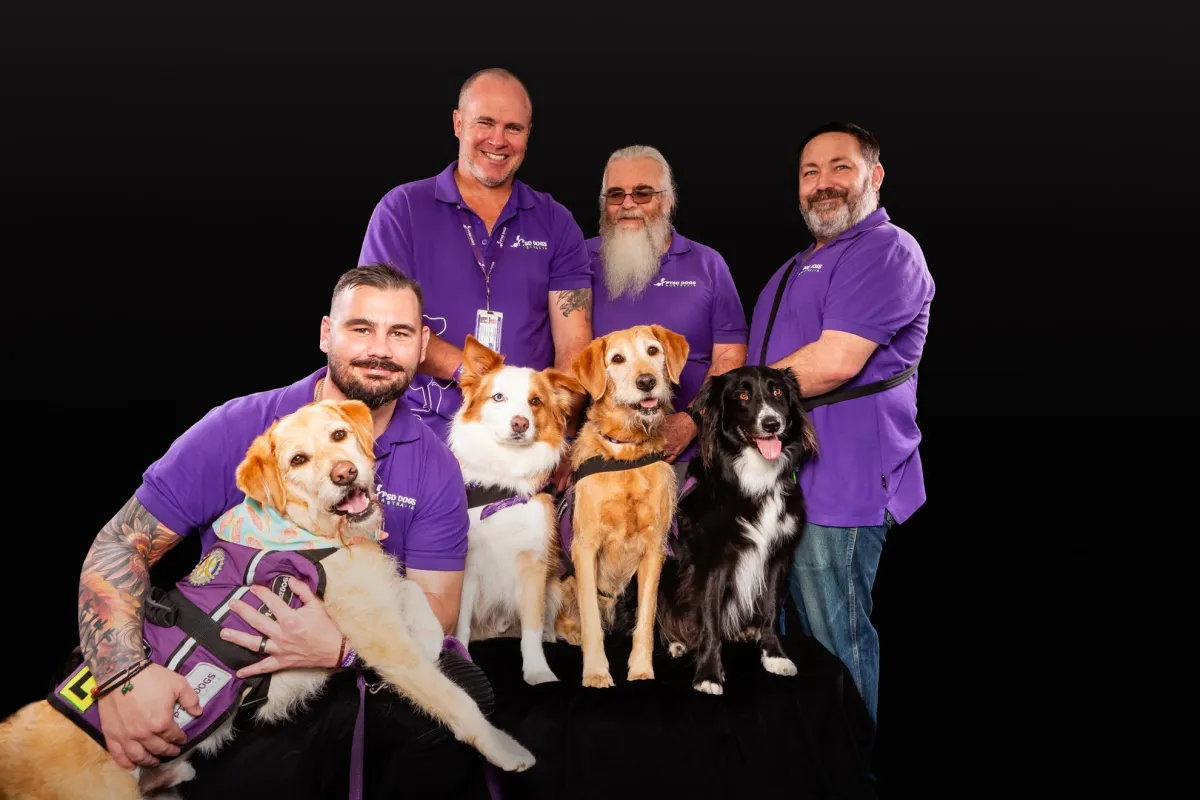

What Makes Us Special
You never walk alone when you have a trained PTSD Assistance Dog by your side.
PTSD Assistance Dogs are gentle, intuitive and full of unconditional love.
World-class Trainers
The content and instructional videos are all created and demostrated by Angie Weeks and Jan Honeyman.
Practice Anywhere
Take your training out of your house with your furry friend with Cue Cards and Worksheets
Track and See Your Progress
The course will indicate timelines for progress, you will submit your Training Logs, and be Assessed at the end of each module
How does it work....
Start Living a Life Worth Living:
Transform your journey with PTSD Dog Australia's
'Train Your Own' Assistance Dog Program

Introduction Module
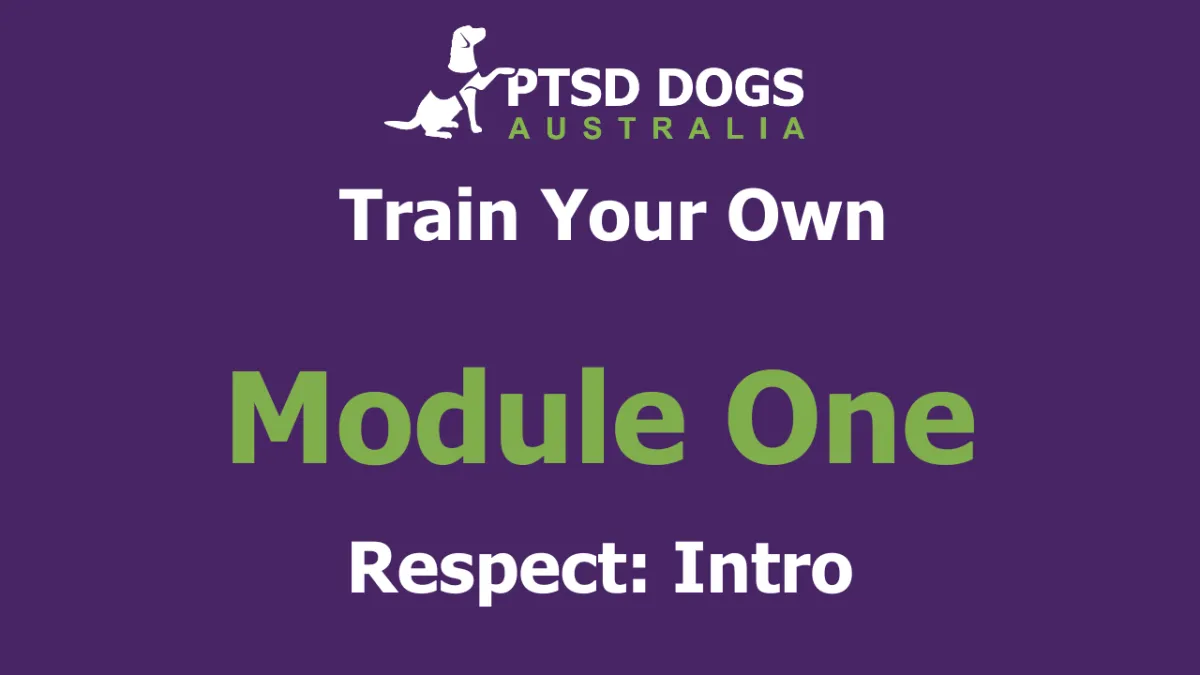
Respect: Weeks 1-9
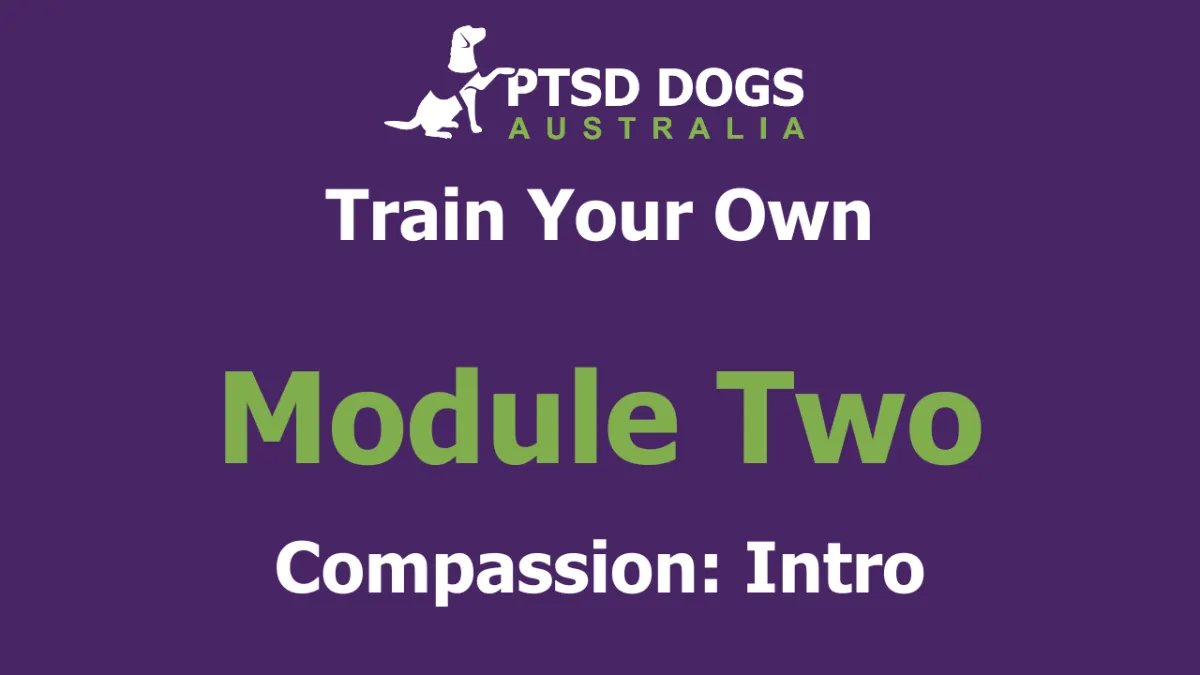
Compassion: Weeks 10-18

Teamwork: Weeks 19-27
Move from Novice to GHAD Certified:
Your hard work and commitment have brought you and your dog this far...
Now it's time to establish the personalised assistance dog tasks and become a PTSD Assistance Dog GHAD Certified team.
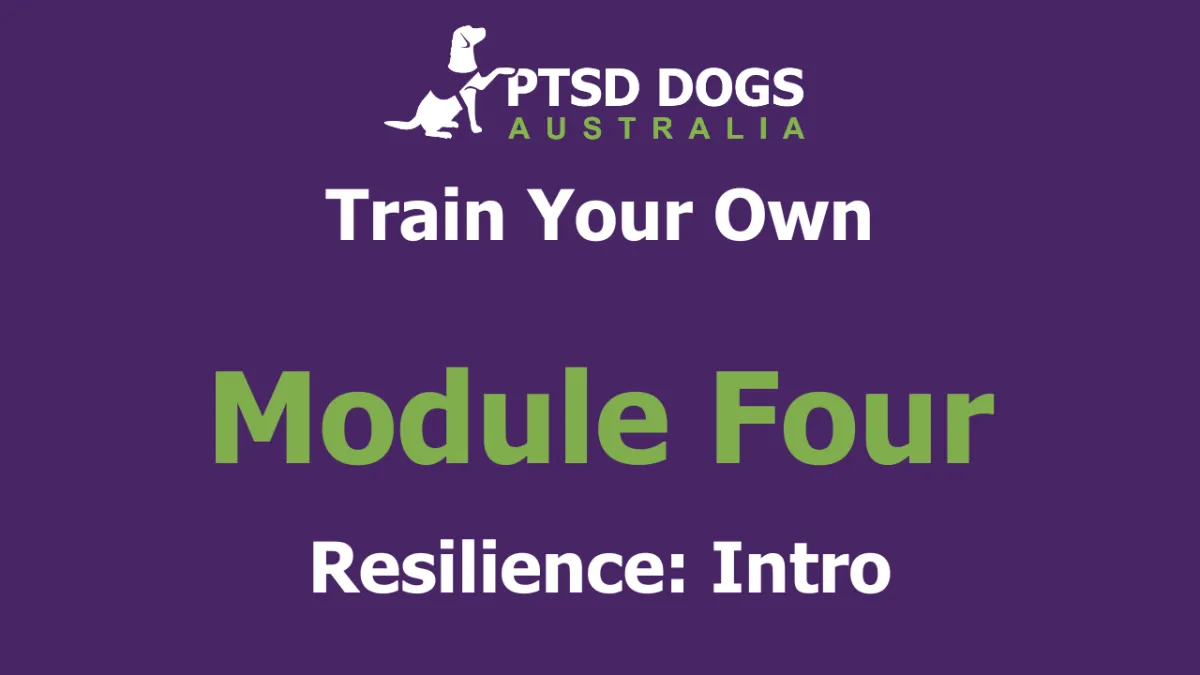
Resilience: Weeks 28-36

Collaboration: Weeks 37-42

Collaboration: Weeks 43 onwards
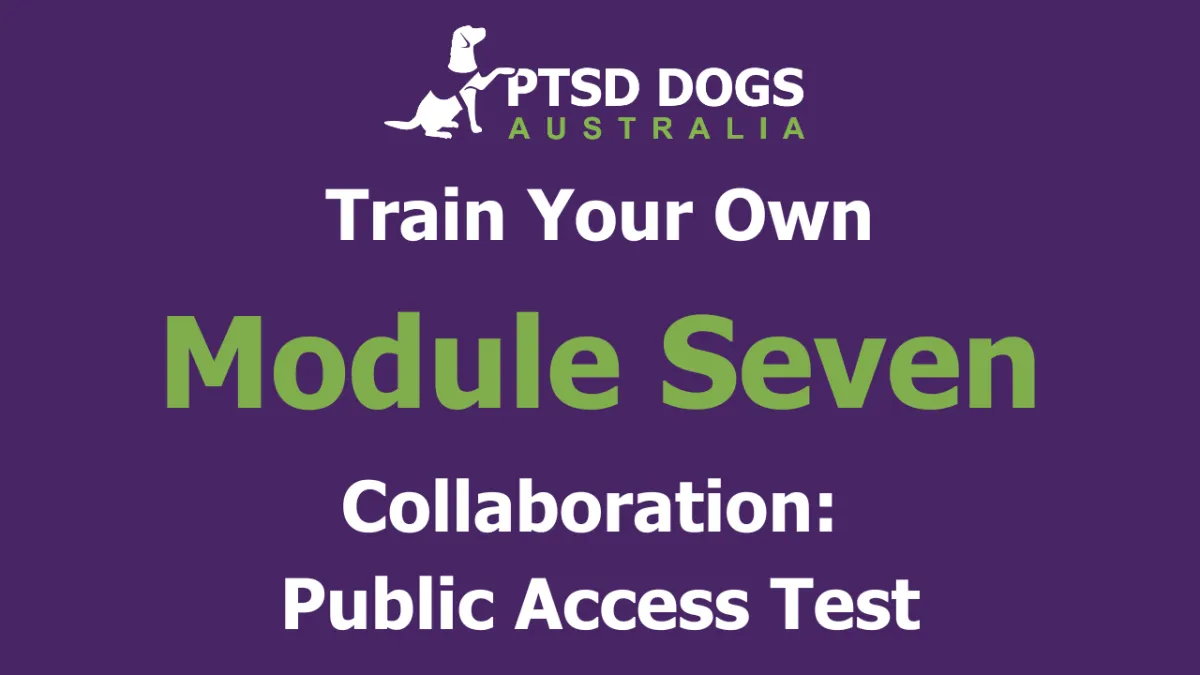
Collaboration: PAT

Let's make a start
Let's Find Out If You Are A Fit...
This session is designed to see if both you and your furry friend are going to be a fit for the Train Your Own Program.
But before you book in, submit your details so that you can learn a little bit more about the Train Your Own program.
OUR TEAM
Meet Our Awesome Trainers
Meet our esteemed Senior Trainers, Angie Weeks and Jan Honeyman. Angie, a qualified Dog Behaviorist with an NDTF certification since 2019, specialises in PTSD Assistance Dog Training. She has a unique ability to see the innate potential and drive in all dogs and hone this into life-changing, life-saving PTSD Assistance Dogs. Her expertise lies in working with Shelter and displaced adolescent dogs, and she has a remarkable ability to understand and communicate with them. Angie's passion is to see these dogs thrive and find
their perfect match in a Handler.
Jan, a qualified Delta Trainer, and Dog Behaviourist since 2020, brings a unique approach to training. Her innovative teaching through games has led to the creation of an engaging training program. This program transforms novice dogs into exceptional Assistance Dogs.
Together, Angie and Jan form a dynamic duo, dedicated to making a difference in the lives of dogs and their handlers.
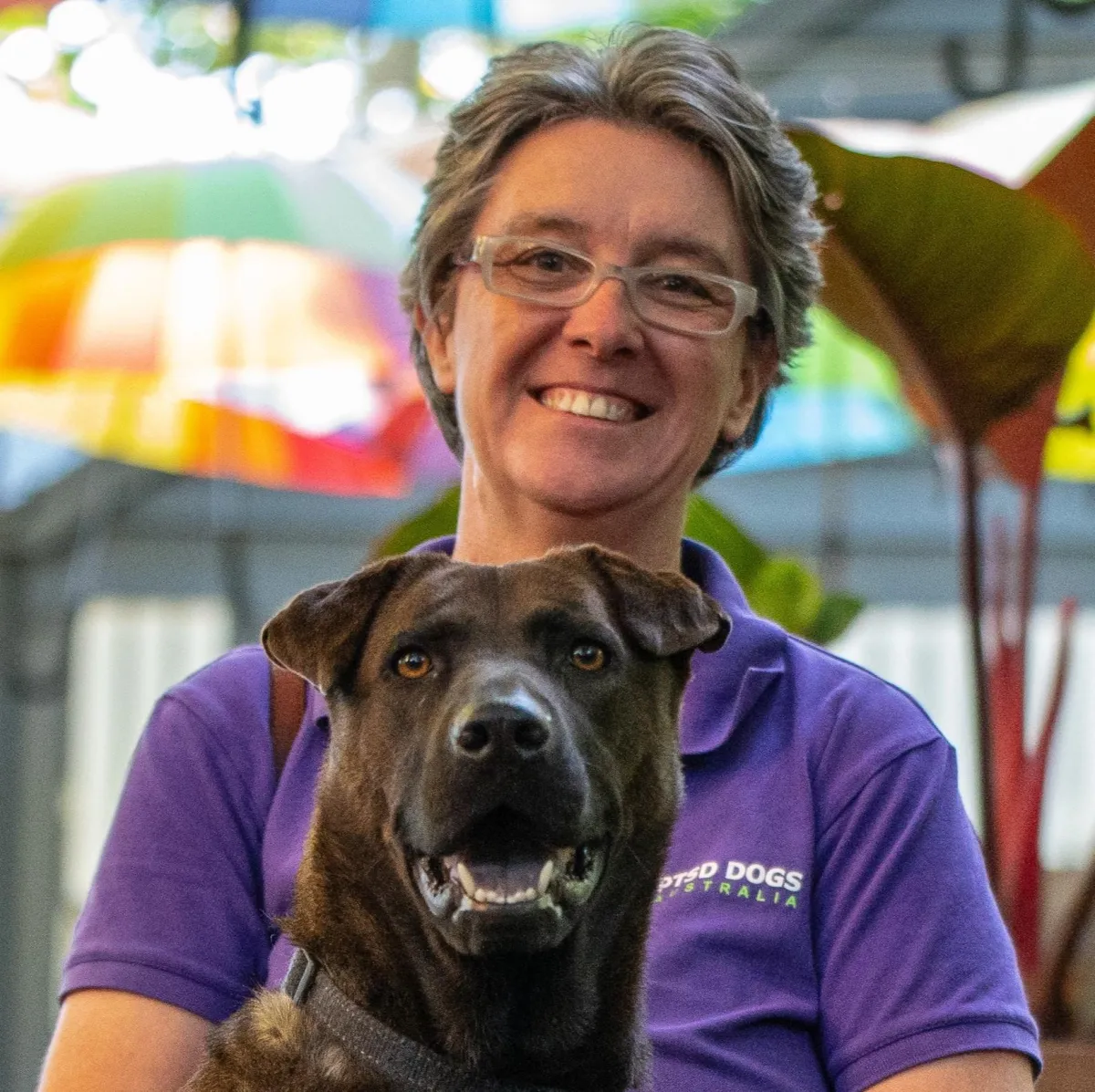
Angie Weeks
Angie's work with PTSD Assistance Dogs is not just about training dogs to perform tasks. It's about recognizing the inherent abilities and drives in each dog and channelling those into skills that can help people with PTSD. This process involves a deep understanding of dog behaviour and a strong ability to communicate with dogs, especially those that have been displaced or are living in shelters. Angie's passion for this work is evident in her desire to see each dog thrive and find the perfect
match in a Handler
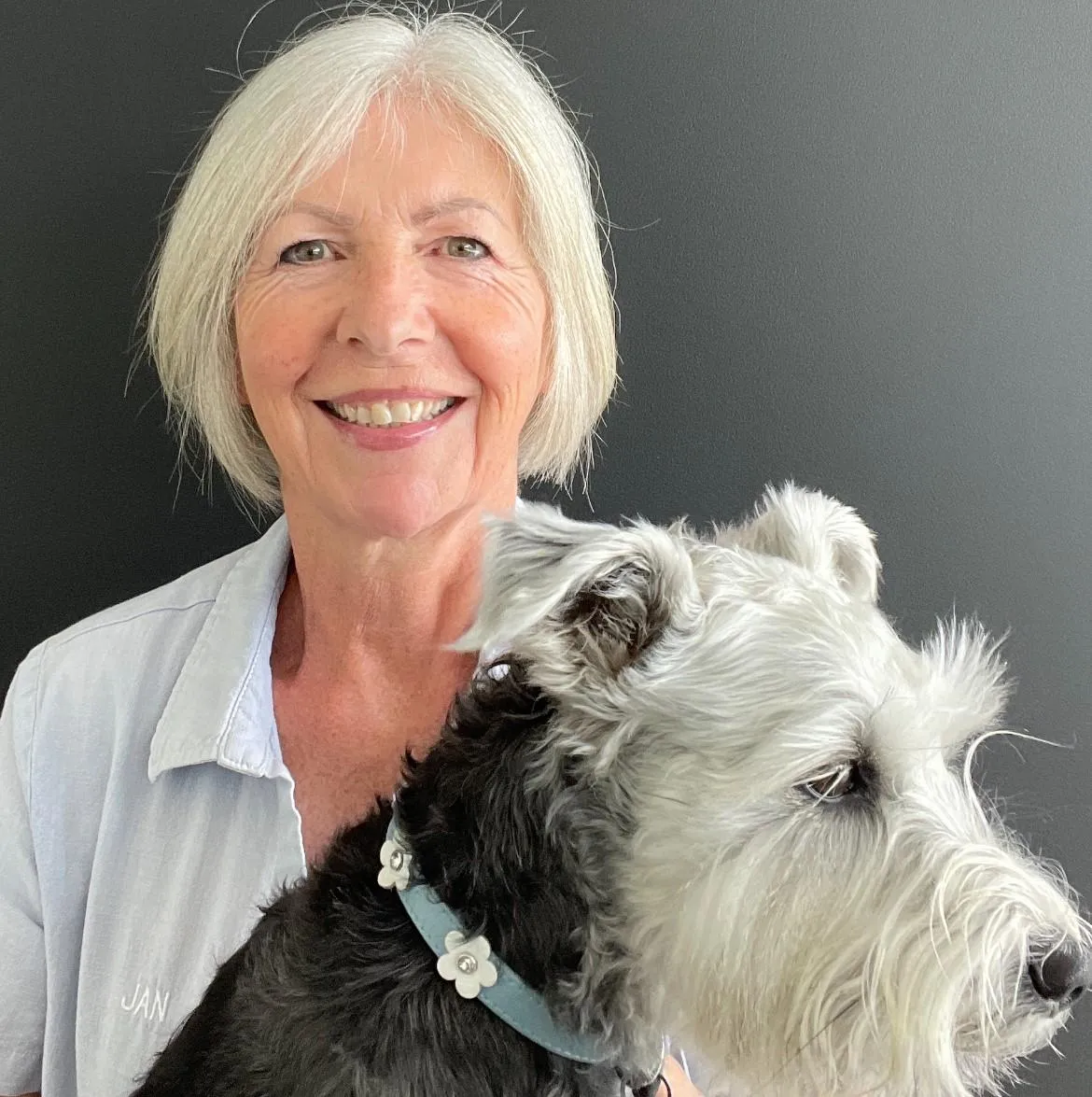
Jan Honeyman
Jan, a qualified Delta Trainer since 2020 and a Dog Behaviourist, brings a unique approach to training. Her innovative teaching through games has led to the creation of an engaging training program, designed to transform novice dogs into exceptional Assistance Dogs. Jan specialises in helping dogs (and their humans!) to be the best they can be by working with the dog in front of her to shape their behaviour for the better. An Assistance Dog really is special and with the team of Angie and Jan working together, your dog will get their chance to shine.
Let's Hear What Some of Our 'Train Your Own' Pack Are Saying
"The experience has been very positive and engaging"
"A fantastic program that allows me to work through the steps of training at home"
"The results speak for themselves. We love the program"
Frequently Asked Questions
What if I don’t have a diagnosis of PTSD but have agoraphobia, anxiety or depression. Will this help and can I still do the program?
Yes, your dog in the later modules of modules 4-7 will be taught specific tasks to mitigate your personal disability to meet your medical goals.
I have physical problems as well, does this preclude me?
No providing you can train your own dog or have suitable people who can support and potentially be a secondary handler. In modules 4-7, your dog will be taught specific tasks to mitigate your physical challenges.
My dog is outside the desired weight or height, can I still do the program?
Height for the lower end is generally at 50cm and the upper end of height is generally 60cm, due to your specific needs this will be assessed. Eg Balance weight bearing assistance work.
My dog is the family pet. Can I train my dog in this situation?
Yes your dog could potentially be trained, however an Assistance Dog is trained to mitigate an individuals disability and as such is trained for one person and is not a family pet.
My dog is entire and I don’t want to desex it, can it still be part of the program?
Assistance dogs are to be desexed once they are ready to complete a PAT assessment under GHAD Legislation which is how your dog will be certified.
My dog is deaf, can I still have it as my assistance dog?
No, as the dog must have a clear bill of health passed by a veterinarian.
I have been with another organisation, can I change to PTSD Dogs Australia?
Yes, providing the dog and team meets the the standards required.
What sort of health and physical ability does my dog need to be at?
A dog's health and physical ability to perform specific tasks may impact its suitability to become an assistance dog. For example, a dog with certain medical conditions or physical limitations may not be able to fulfill the necessary duties.
Is there a minimum or maximum age for a suitable dog to train?
The age and developmental stage of a dog can also be a factor. Younger dogs may need to demonstrate a certain level of maturity and training before they can be considered for assistance work. Depending on the size / breed of dog, the upper age can vary.
How frequently do I need socialise and train my dog?
Insufficient socialisation or training may also preclude a dog from becoming an assistance dog. Dogs must be well-socialised and have the ability to remain calm and focused in various environments and situations.
How do you judge behavioral suitability of a dog for this program?
Dogs must exhibit the right temperament and behavior to work as assistance animals. Aggression, excessive fearfulness, or inability to focus on tasks may disqualify a dog from becoming an assistance dog.
What attributes do you look for in an assistance dog?
They need to be cool, calm and collected around people, children and other dogs. They need to born pacifists, with zero aggressive tendancies and display a quiet confidence.
Where to from here?

If you feel that you that you would like to explore the Train Your Own Program further...
And you have read through all of the above, including the 'Frequently Asked Questions' , which are listed above this section.
Simply complete your details in this form to access some more information on the program.
These details will be displayed after submitting your information below.
THE INVESTMENT & FURTHER INFORMATION WIL BE PROVIDED
ONCE YOUR DETAILS ARE SUBMITTED.
Please note that we will not share your details with any other parties outside of PTSD Dogs Australia Pty Ltd
For further details on how we address privacy, please review our Privacy Policy HERE
